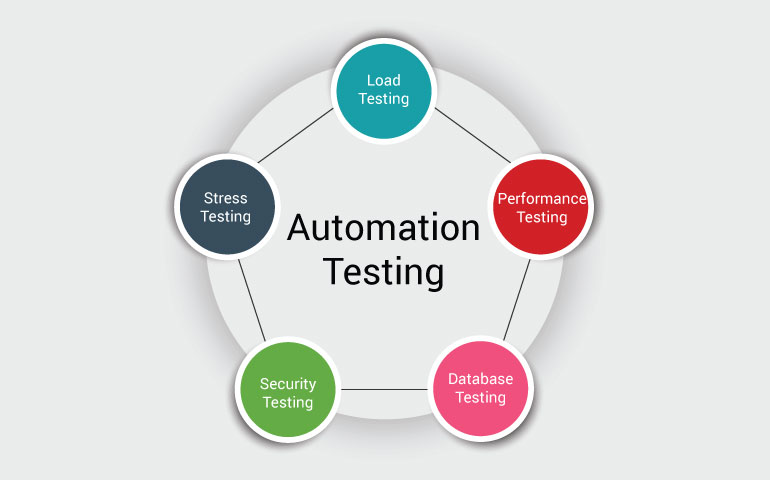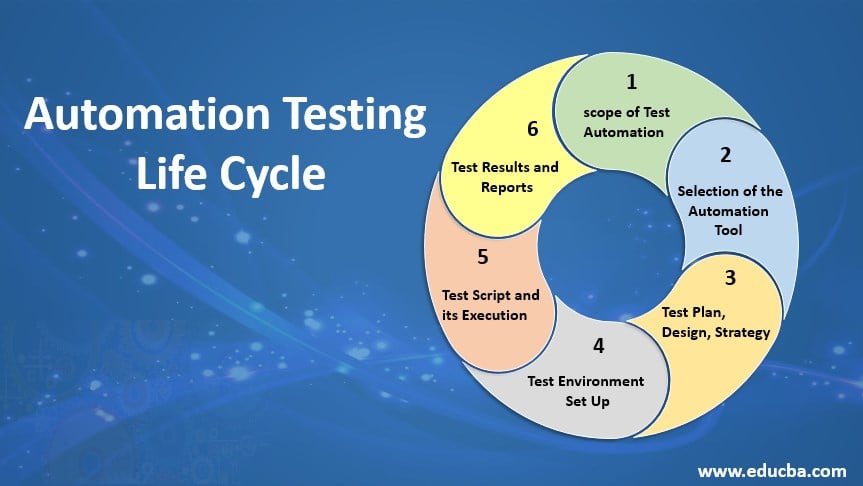From Manual to Automated Testing: A Comprehensive Overview to Transitioning Efficiently and Properly
In the world of software application screening, the change from handbook to automated procedures has become a significantly crucial change for organizations looking for to improve efficiency and precision in their testing methods. The journey from guidebook to automated testing is not without its challenges, yet when approached purposefully and with a clear plan in mind, the advantages can be substantial.
Advantages of Automated Evaluating
Automated screening supplies countless advantages, boosting efficiency and precision in software application growth procedures. Automated examinations can be run all at once on multiple gadgets and running systems, significantly speeding up the testing phase compared to hands-on screening.
Furthermore, automated screening ensures a higher level of precision in finding problems. Uniformity in screening is additionally boosted, as automated tests execute the very same actions specifically each time they are run.
Picking the Right Tools

First of all, analyze your requirements and purposes. Recognize the range of your job, the modern technologies entailed, and the capability of your group. This analysis will help you identify the capabilities and attributes you call for in your screening devices.
Second of all, think about the compatibility of the tools with your existing systems and processes. Smooth combination with your present software application advancement lifecycle is necessary to ensure a smooth transition to automation.
In addition, examine the scalability and versatility of the tools. As your screening needs evolve, the devices must be able to adjust and fit modifications effectively.
Last but not least, consider the support and area around the devices. When executing automated screening, robust assistance and an active customer community can give useful resources and aid. By thoroughly considering these elements, you can select the right devices that straighten with your demands and established the stage for an effective transition to automated screening.
Writing Reliable Examination Scripts

When crafting test scripts, it is necessary to take into consideration the certain requirements of the software program being evaluated and ensure that the manuscripts address all essential performances. Clear and detailed calling conventions for test scripts and examination situations can boost readability and maintainability. Furthermore, including error handling systems within the examination scripts can assist in identifying and attending to concerns quickly.
In addition, arranging test manuscripts right into modular components can enhance reusability and scalability, reducing redundancy and improving performance in test script maintenance. Normal reviews and updates to evaluate scripts are essential to keep rate with advancing software demands and capabilities. By following these principles, testers can produce durable and reliable examination scripts that add dramatically to the success of automated testing procedures.
Integrating Automation Into Workflows
Reliable integration of automation tools into existing process boosts and streamlines procedures efficiency within software program development cycles. When incorporating automation into process, it is vital to recognize recurring jobs that can be automated to conserve time and minimize human mistake. By effortlessly integrating automated testing tools like Selenium or Appium into the software development lifecycle, teams can attain faster responses on code adjustments, bring about quicker pest discovery and resolution. This combination permits constant testing throughout the growth procedure, making sure that any type of problems are identified at an early stage, resulting in greater software program high quality. Furthermore, automation can be used to trigger examinations immediately after each code devote, supplying Resources instant validation and liberating testers to concentrate on more complex circumstances. Proper integration of automation devices needs collaboration in between advancement, screening, and procedures teams to establish a unified workflow that enhances performance and efficiency in providing high-grade software.
Making Sure a Smooth Transition
Effectively transitioning to automated screening entails precise preparation and careful execution to take full advantage of and lessen disturbances efficiency in the software application advancement procedure - automation testing. To make certain a smooth transition, it is important to begin by performing a comprehensive evaluation of the present screening procedures and recognizing locations where automation can bring one of the most substantial advantages. Involving with click for more all stakeholders early on at the same time, including developers, testers, and project managers, is important for gathering support and buy-in for the automation effort
Communication is essential during this shift phase. Clear communication of the goals, benefits, and assumptions of automated screening aids to handle any resistance or concerns that may arise. In addition, giving ample training and resources for group participants to upskill in automation devices and methods is important for guaranteeing a successful transition.

Conclusion
Finally, transitioning from handbook to automated screening supplies countless benefits, including increased effectiveness and dependability. By picking the appropriate tools, writing effective test scripts, and integrating automation seamlessly into workflows, organizations can ensure a smooth and successful transition. It is vital to accept automation as a useful property in software program screening procedures to enhance general high quality and efficiency.
In the realm of software screening, the change from guidebook to automated procedures has become a progressively important transition for organizations looking for to boost performance and accuracy in their testing practices. Automated examinations can be run concurrently on several gadgets and operating systems, significantly speeding up the testing stage contrasted to hands-on testing. Uniformity in testing is also improved, as automated tests execute the very same actions exactly each time they are run.To ensure the effective application of picked testing tools, the development of effective examination manuscripts plays a vital duty in confirming the functionality and efficiency of automated procedures - automation testing. By complying with these concepts, testers Get More Info can create efficient and robust test manuscripts that contribute considerably to the success of automated screening processes